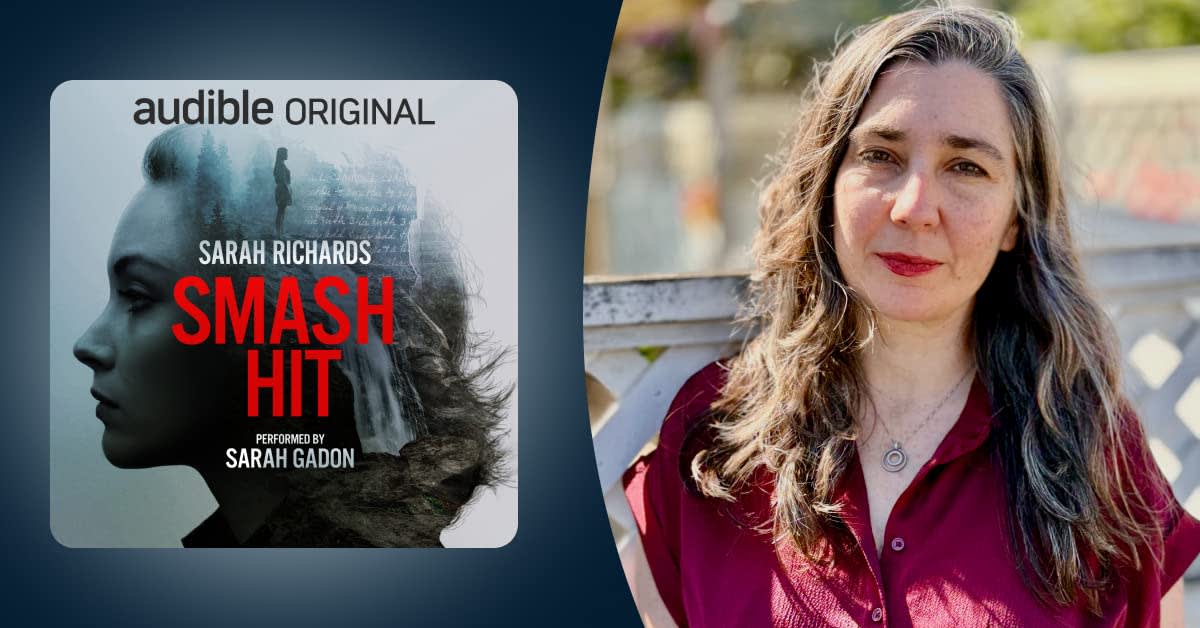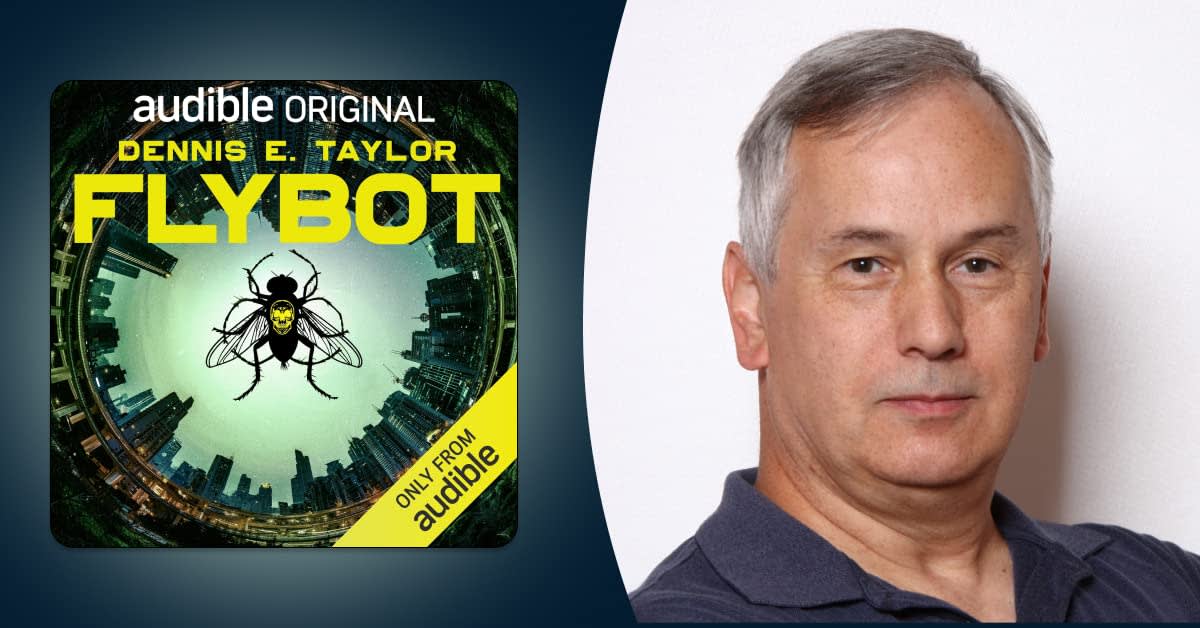Beginning in the 1970s, at the tail end of the Vietnam War, All the Colors of the Dark follows a young love birthed in the midst of tragedy and cultivated during a tumultuous time as a town is plagued by a serial killer. Combining the masterful storytelling and character-building of author Chris Whitaker and the incredible performative talents of narrator Edoardo Ballerini, All the Colors of the Dark is an unforgettable, well-paced mystery.
Nicole Ransome: All the Colors of the Dark is a story that has it all: serial killers, love, nostalgia, etc. What did you enjoy the most about writing a story that features so many genre nuances?
Chris Whitaker: It really felt like it was the journey that mattered, rather than the destination itself. Getting to follow two characters, and the small town they grew up in, over nearly three decades meant moving from coming-of-age to first love, obsession, and heartbreak. From the struggles of parenthood to the redemptive power of art, and rediscovering the meaning of friendship and family. The writing process was incredibly varied, and when you spend four years working on something, it’s that variation that helps keep focus. I could find myself writing about the hunt for a serial killer one day, and the hunt for a date for a first school dance on another. If writing the darker scenes was a little like drowning, the lighter, everyday life scenes were like coming up for air.
All the Colors of the Dark kicks off in the ’70s following huge events within the United States. How much research did you have to conduct while planning this story in order to capture the span of time accurately?
It was a total nightmare! During the first couple of years of writing this story I worked at my local library, which I adored, so I spent much of my free time poring over nonfiction books, maps, historical fiction, and travel guides. I wanted to walk the fine line of each time period in the novel feeling authentic, without overdoing cultural references that slow the pacing down. It was the subtleties of time/place that helped. Knowing what flowers might have been growing in the town, what wallpaper was in fashion, and the clothing, hairstyles, and dialogue. It was interesting noting some huge events of the time and how they reached and affected a couple of teenagers for whom politics was the least of their concerns. So whilst there’s hundreds of time references, they’re very much the backdrop to a story whose focus begins with an abduction and its aftermath.
If writing the darker scenes was a little like drowning, the lighter, everyday life scenes were like coming up for air.
Were there any real-world events that particularly inspired the events within the story?
I had quite a difficult childhood and sometimes think that events that happened when I was younger went on to shape my adult life, both in positive and negative ways. I wanted to explore the idea that there’s a sliding doors moment, an exact point where life diverges. In my past I’ve used writing as therapy, both after being mugged and stabbed, and finding myself in million-dollar debt. But it was only during the writing of this story that I’ve considered how much my experiences as a child might have contributed to these things happening. I didn’t like feeling like a victim as a child, so when someone tried to steal my cell phone I fought back, even when they pulled out a knife. And it’s something I considered when writing Patch. Whilst Patch steps in when he sees a girl being abducted, and does this noble, brave thing in saving her, he also sets forth a chain of events that shape the rest of his life, and the lives of those who love him. Sacrifice, as a notion, is a really powerful thing.
What message did you want to leave listeners with after finishing this story?
Whilst the story is a journey for the listener, it was also a journey for me. I started out with quite a simple outline—two abducted teenagers fall in love in the pitch-black basement they’re being held in, having never seen each other. The boy escapes and can’t find his way back to the girl. The police don’t believe that she’s real, but he knows in his heart she is. And I came away with the overriding feeling that no matter how your story begins, the end has yet to be written. And it doesn’t always seem that way, especially when you’re in the midst of a difficult time, or are thinking back over trauma you might have endured. I think for the characters in this book their fate often seems written in the stars, and impossible to fight against, but hopefully by the end that notion of things being predetermined is challenged.
Author photo by David Calvert Photography.






